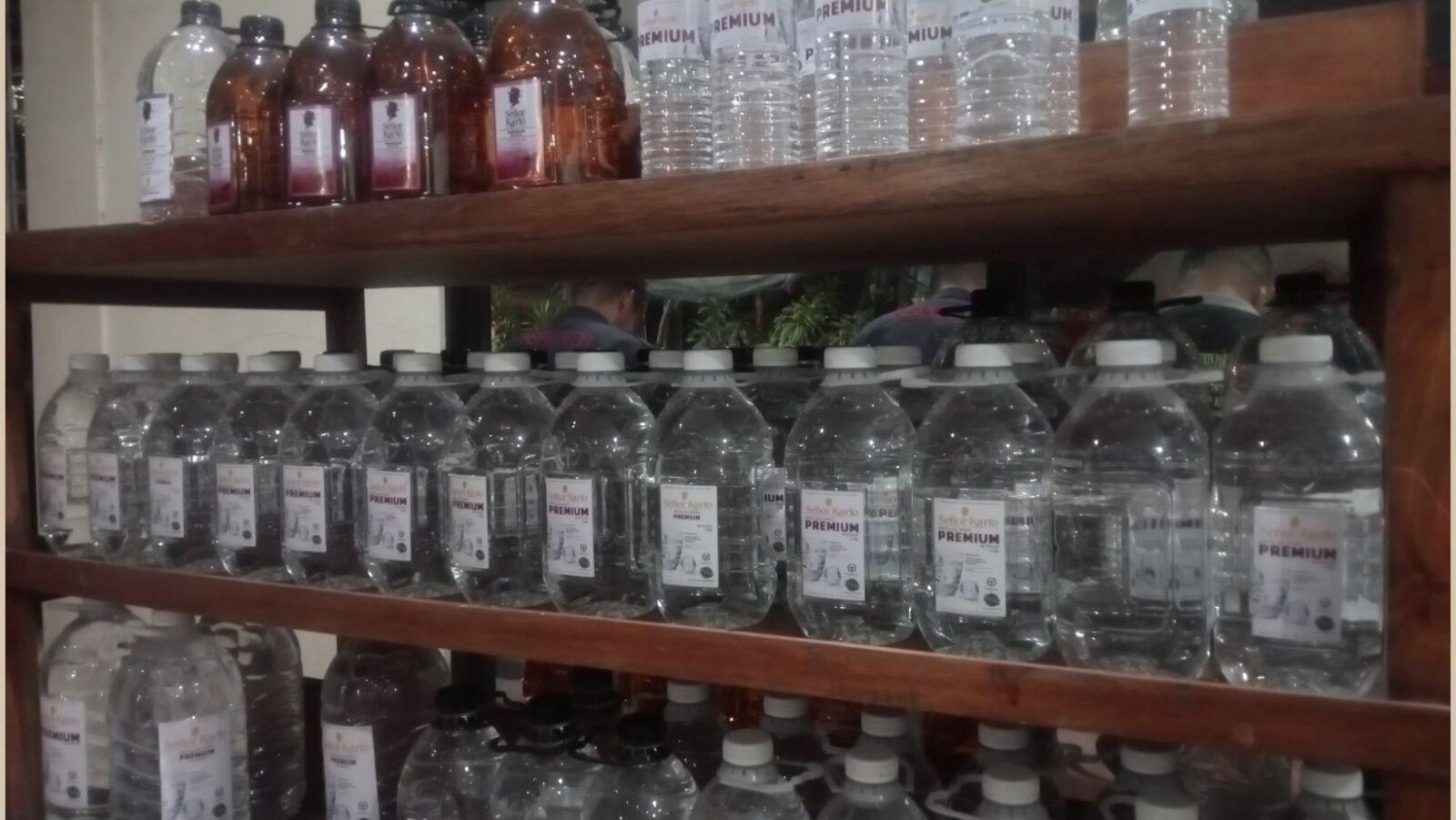
With the onset of the dry season and the rising occurrence of extreme heat events due to the changing climate, accurate and timely heat hazard information is necessary for effective execution.
The Department of Science and Technology-Philippine Atmospheric, Geophysical, and Astronomical Services Administration (DOST-PAGASA) recently launched Interactive Heat Index Mapping and Prediction (iHeatMap), an online monitoring platform that provides nationwide access to real-time heat index (HI) data. Its high-resolution, gridded heat index information allows for precise monitoring of the heat index across the Philippines.
“iHeatMap empowers Filipinos with real-time, science-based heat index data — so they can make informed, timely, and potentially life-saving decisions. It is a great example of how technology and science can work together for everyday public health and safety,” said DOST-PAGASA Administrator Nathaniel T. Servando.
The heat index indicates how hot it feels by combining relative humidity with actual air temperature. It provides a more accurate representation of the “feels-like” temperature, which is crucial for health and safety.
Accessing the iHeatMap
By visiting the platform via the DOST-PAGASA website, users can check the interactive heat index map, select a specific locality in the country, click the temperature button, and view details such as the time and corresponding heat index.
The heat index categories are color-coded: yellow for Caution (27-32°C), yellow-orange for Extreme Caution (33-41°C), red-orange for Danger (42-51°C), and Extreme Danger (≥52°C). The website also contains a color-coded guide on potential impacts and recommended responses.
For effect-based classification, the yellow warning from DOST-PAGASA indicates that prolonged exposure and activity may result in fatigue. Continuing such activities could also lead to heat cramps.
The yellow-orange warning signifies that heat cramps and heat exhaustion are possible, and ongoing activity could result in heat stroke.
Meanwhile, the red-orange code suggests that heat cramps and heat exhaustion are likely, and heat stroke is probable with continued exposure.
Lastly, the red code warns that heat stroke is likely.
How to stay safe in the hot and dry season
DOST-PAGASA recommends several precautions to stay safe during hot weather. Limit time spent outdoors, drink plenty of water, and avoid beverages such as tea, coffee, soda, and alcohol, as these may cause dehydration due to frequent urination. When outside, wearing hats, using umbrellas, and dressing in long-sleeved clothing can provide additional protection from the sun. Heavy activities should be scheduled for the cooler parts of the day, either early in the morning or late in the evening.
In case of emergencies related to heat, the weather bureau suggests moving the affected person to a shady area and having them lie down with their legs elevated. For those who are unconscious, offer sips of cool water if they are able to swallow. Remove excess clothing, apply cool water to their skin, and ensure good ventilation. Placing ice packs on areas such as the armpits, wrists, ankles, and groin can also help. It is crucial to call for an ambulance or transport the person to a hospital immediately if they experience severe symptoms.
The iHeatMap, which is available from March to May 2025, utilizes data from the European Centre for Medium-Range Weather Forecasts. Additionally, the website provides a heat index summary, which displays the computed heat index over the past five days and the two-day forecast, organized by region and station.—Rosemarie C. Señora (Press release from DOST-STII)/MF









